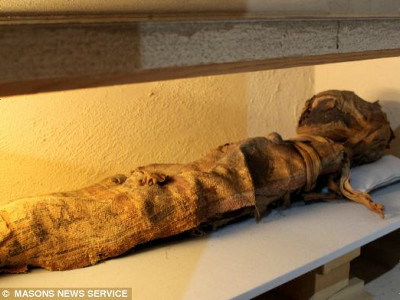What is the actual situation of prostitutes in Pompeii, a town that disappeared due to a volcanic eruption during the ancient Roman era?

In
What Pompeii's ruins say about its enslaved, prostituted women | Aeon Essays
https://aeon.co/essays/what-pompeiis-ruins-say-about-its-enslaved-prostituted-women

In Pompeii, an ancient Roman ruin, there is a brothel called ``

Lupanar had eight stone beds on which sexual services were performed.

Around each bed were paintings with sexual images, such as

Also, from the graffiti left on Lupanar, the names of the prostitutes who worked there, such as ``Anedia'', ``Pronia'', ``Attis'', ``Belonis'', ``Cadia'', ``Cressa'', and ``Drauca'', have been revealed.
Petronius , an ancient Roman writer, described the reality of brothels in Rome in a novel called `` Satyricon .'' At that time, brothels were generally located in deserted areas of town, and at first glance they may seem like brothels. In some cases, the facilities were unfamiliar. Prostitutes were naked and held placards indicating the price of their services, and women or men who liked the price could receive sexual services by paying the price.
Many of the prostitutes at the time were women from the slave class, and they engaged in acts at the mercy of brothel owners and the customers who visited them. In addition, since women who were not in the slave class were also active as prostitutes, Aeon says, ``There was probably some reason why they engaged in prostitution out of necessity.''
Slaves in ancient Rome sometimes lived a privileged life and had a certain degree of freedom, but some slaves were kept in harsh conditions such as forced surveillance, physical restraint, and sexual abuse by their owners. I was there. Cases have also been discovered in which slave prostitutes ran away after being fitted with a collar that read, ``If the wearer of this collar runs away, please return it to his master.''

However, no evidence of such abusive behavior was found in Lupanar. Aeon speculates that ``Lupanar probably had its own ``bodyguard'' who dealt with troubles from customers.''
Aeon concludes by saying, ``We who live in modern times cannot know what the life of a prostitute was really like for the women of that time. However, it sheds light on the lives of the underprivileged people who lived in Pompeii.'' 'It is possible to decipher the evidence excavated from Pompeii.'
Related Posts:
in Science, Posted by log1r_ut







